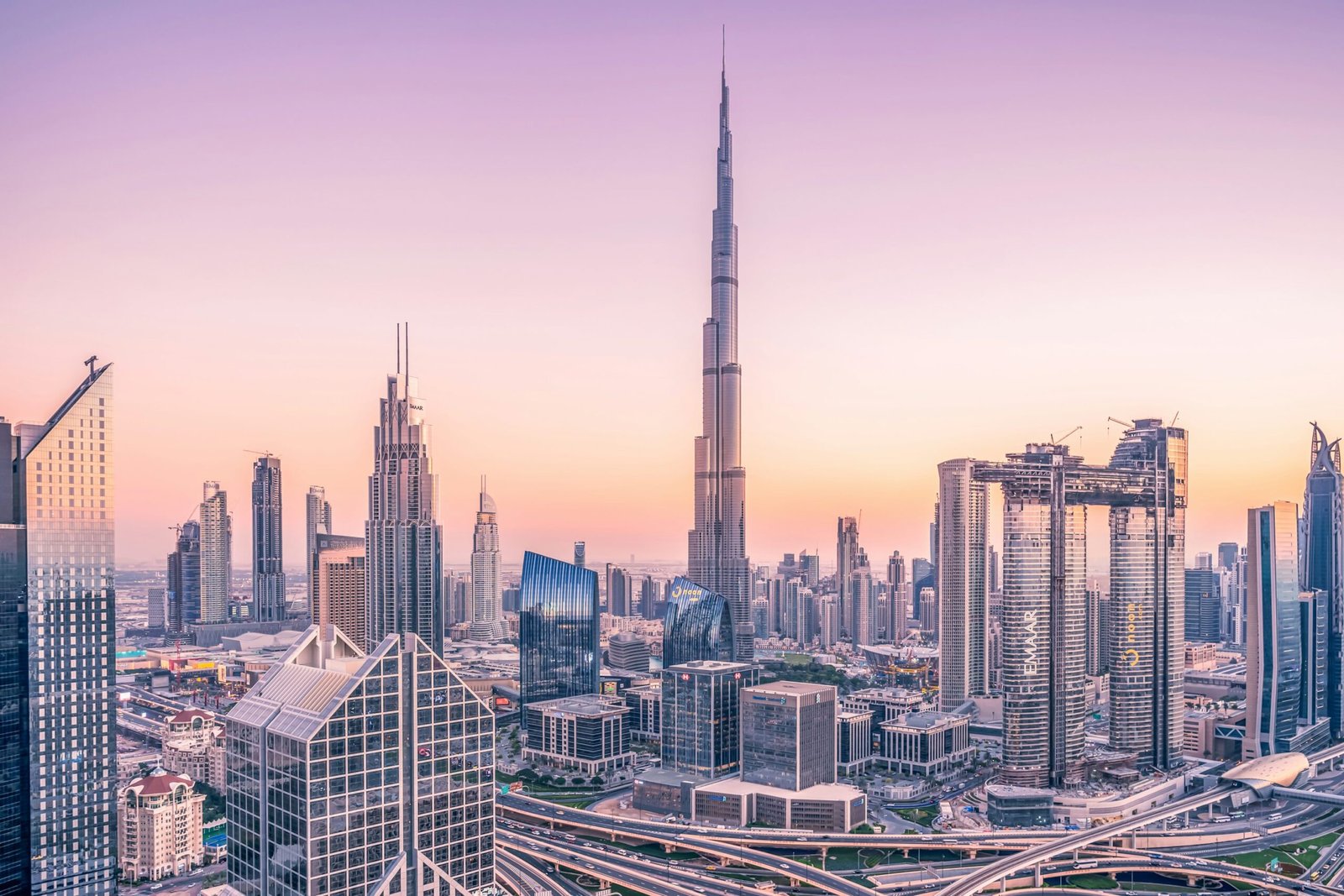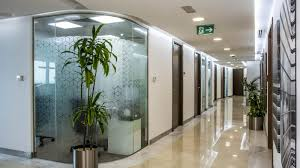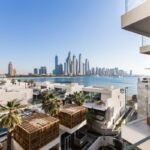Now Reading: Why UAE Leads the Gulf in LEED Certified Green Projects 2025
-
01
Why UAE Leads the Gulf in LEED Certified Green Projects 2025
Why UAE Leads the Gulf in LEED Certified Green Projects 2025

Green buildings rise as the UAE leads the Middle East’s eco shift
The United Arab Emirates (UAE) is quickly becoming a global leader in sustainable architecture and green building practices. From Dubai’s glittering skyline to Abu Dhabi’s eco-conscious developments, more and more construction projects in the country are earning LEED certification, a globally recognized symbol of environmental excellence.
LEED, or Leadership in Energy and Environmental Design, is the most widely used green building rating system in the world. It is awarded by the U.S. Green Building Council (USGBC) to buildings that meet specific environmental and energy-saving standards.
Why LEED Certification Matters
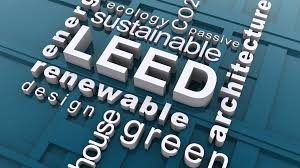
LEED certification is more than just a badge of honor. It proves that a building is designed and built to improve energy savings, water efficiency, CO2 emissions reduction, indoor environmental quality, and resource stewardship.
Buildings that are LEED certified:
- Use less energy and water
- Have healthier indoor environments
- Lower their operating costs
- Reduce carbon footprints
- Attract environmentally aware investors and tenants
For a country like the UAE—where temperatures soar and energy use is high—embracing green building practices is not only a smart move for the planet but also a sound economic strategy.
UAE’s Commitment to Sustainable Development

The UAE has included sustainability as a key pillar of its UAE Vision 2030 and Net Zero by 2050 strategy. Government policies and real estate developers are pushing for greener, smarter, and more efficient buildings.
In fact, Dubai was the first city in the region to mandate green building standards for new developments as early as 2014. Since then, the pace of LEED-certified projects has only accelerated.
Iconic LEED-Certified Projects in the UAE
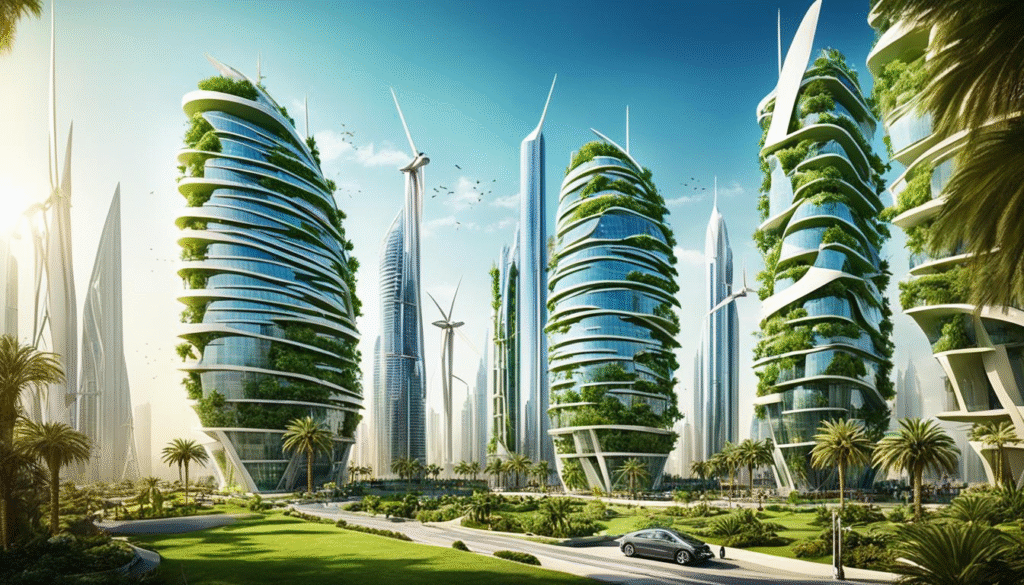
Let’s explore some of the most notable LEED-certified buildings and developments in the UAE:
1. The Dubai Expo 2020 Site – LEED Gold
The massive Dubai Expo 2020 site is a shining example of sustainable urban design. Many of its pavilions, including the Sustainability Pavilion (Terra), were built to meet LEED Gold standards.
- Terra Pavilion uses solar energy and recycles water on-site.
- The site has over 130 LEED-certified buildings, making it one of the greenest event spaces in history.
2. Masdar City, Abu Dhabi – LEED Platinum
Masdar City is often called “the city of the future”, and for good reason. Located near Abu Dhabi, it is a planned city that integrates clean technologies and smart design.
- One of the first buildings in Masdar City received LEED Platinum, the highest rating possible.
- The city uses renewable energy, shaded walkways, and natural ventilation to reduce energy use.
3. One Za’abeel, Dubai – LEED Silver
This high-rise mixed-use development is home to the world’s longest occupied building skybridge. Designed with efficiency in mind, One Za’abeel uses:
- Smart lighting systems
- Energy-efficient HVAC
- Advanced water recycling technologies
4. Bee’ah Headquarters, Sharjah – LEED Platinum
This building, designed by the world-renowned Zaha Hadid Architects, is a green landmark in Sharjah.
- It runs on 100% renewable energy.
- It features a unique sand dune-like design to minimize energy use from air conditioning.
LEED Certification Levels Explained
LEED has four levels of certification based on a point system:
- Certified (40–49 points)
- Silver (50–59 points)
- Gold (60–79 points)
- Platinum (80+ points)
Points are awarded across various categories, including energy use, water efficiency, materials, indoor environment, and innovation.
Green Building Numbers in the UAE
According to the Emirates Green Building Council, the UAE has over 1,500 LEED-registered and certified projects as of 2024. Dubai alone accounts for the largest number of LEED-certified buildings in the Middle East.
In 2022, the USGBC ranked the UAE first in the Middle East and top 10 globally for LEED-certified space per capita.
Government Incentives Driving Change
The UAE’s leadership is providing strong incentives to developers and companies that prioritize sustainability.
- Dubai Municipality offers faster permit approvals for green-certified projects.
- Abu Dhabi’s Estidama program aligns with LEED and requires all government buildings to achieve at least 2 Pearls, a local rating similar to LEED.
These incentives not only reduce bureaucracy but also encourage innovation in architecture and engineering.
The Future of LEED in the UAE
With mega-projects like Dubai 2040 Urban Master Plan and Abu Dhabi Vision 2030, the focus on sustainability is only going to grow. Developers are now looking beyond LEED to integrate Net Zero Energy and carbon neutrality into their designs.
Private companies are also joining the movement. Major hotel chains, office spaces, and shopping malls are now seeking LEED certification to boost their brand image and reduce long-term costs.
Final Thoughts
The UAE is proving that sustainability and luxury can go hand in hand. As LEED-certified projects continue to grow, the country is setting a powerful example for the rest of the region—and the world. Whether you are an investor, developer, or eco-conscious traveler, the UAE’s green future is one to watch.
Read More:- Shobha Realty Launches Its Most Luxurious Project Yet—Full Details Inside 2025



